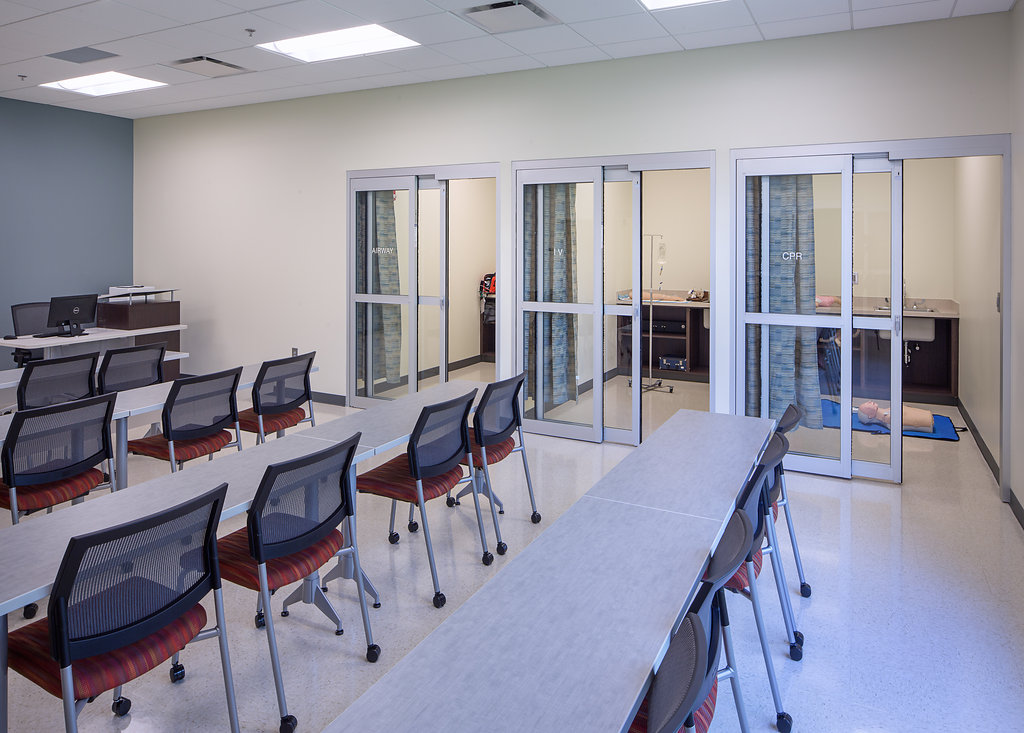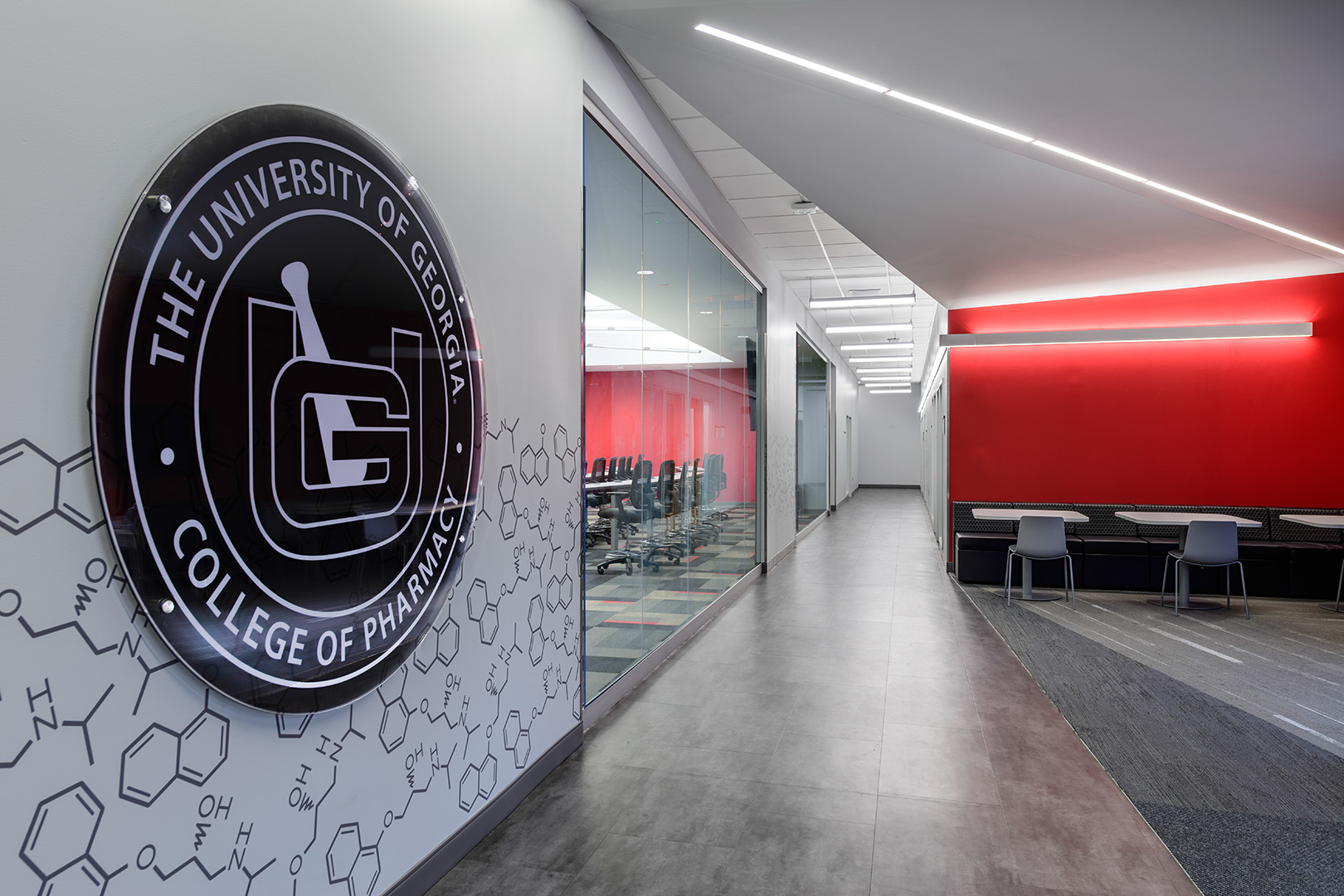From mastering clinical skills through repetitive practice to honing decision-making skills under pressure using high-fidelity manikins or real actors, the hands-on, immersive training of medical students has evolved into a cornerstone of preparing future healthcare professionals. Over the past two decades, this active teaching methodology – known as simulation-based training, has gained prominence in medical education. Drawing inspiration from the aerospace industry, a longtime advocate of simulation-based training, healthcare has embraced simulation to mitigate preventable errors. While the recent growth of medical simulation in the classroom is noteworthy, its roots in hands-on training date back millennia, underscoring its enduring importance and effectiveness.
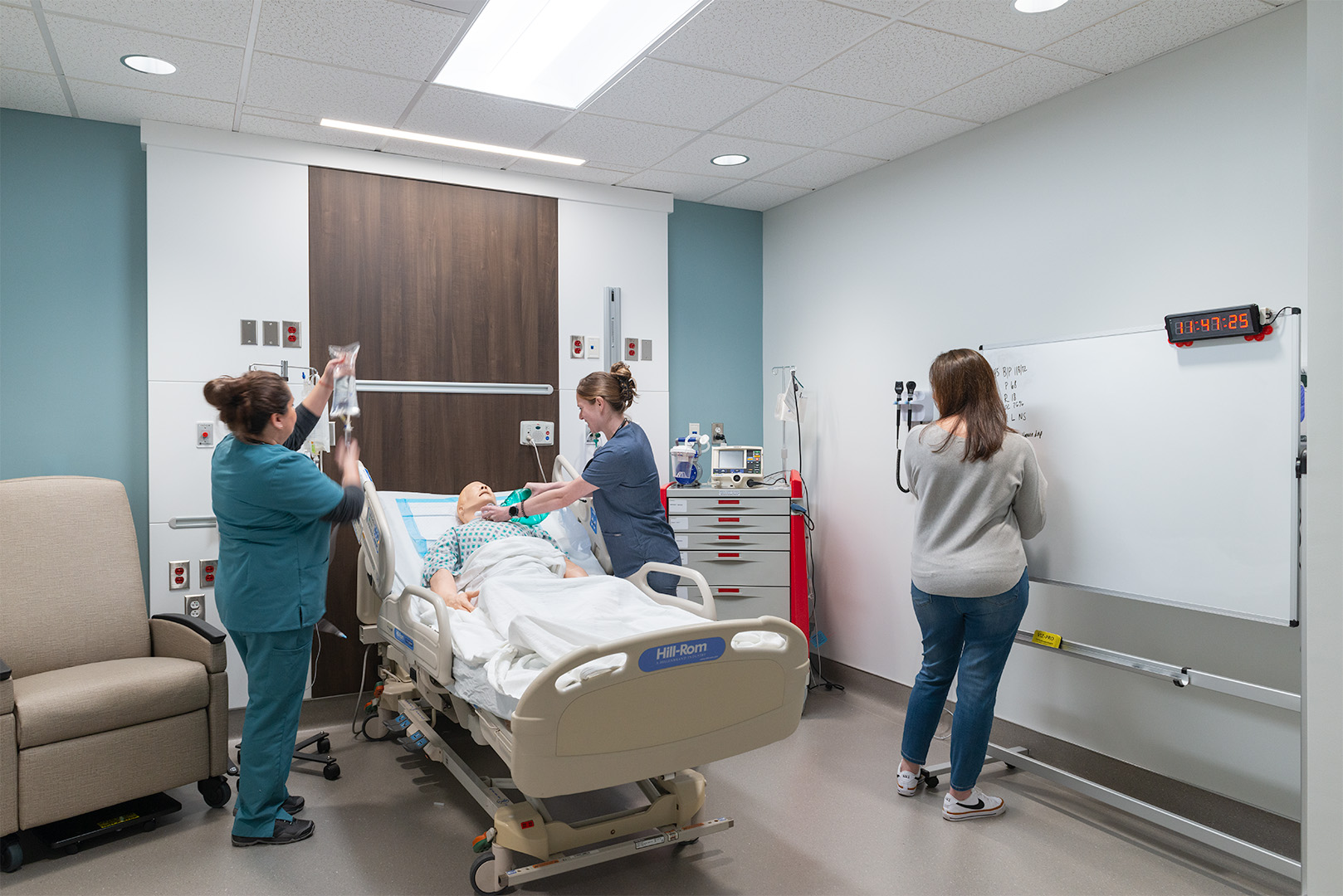
Evolution of Medical Simulation: From Ancient Clay Models to High-Fidelity Manikins
Archeologists and scholars have uncovered evidence of simulation in medical education throughout history. For instance, Babylonian anatomical clay models of livers circa 1900 BCE represent one of the earliest known examples. In Greece, Hippocrates highlighted the value of practical training for health professionals around 400 BCE, while Aristotle emphasized the importance of repetition and feedback in medical training. In China, physicians during the Song Dynasty (960-1279 CE) used life-sized bronze statues to teach anatomy and acupuncture. In 16th century Europe, a ban on cadaver dissection led to the creation of life-sized, wax human figures for anatomy education. In the 18th century, a surgeon, Giovanni Antonio Galli, designed a glass uterus that included a fetus to train midwives and surgeons regarding the intricacies of childbirth.
Fast forward to the 20th century, during World War II, the U.S. Army utilized manikins to teach various medical techniques. The modern era of simulation began in the 1960s with the invention of the cardiopulmonary resuscitation (or CPR) doll, Resusci Anne, and by the 1980s, high-fidelity manikins capable of realistic simulations became the norm, setting the state for today’s advanced simulation training.
Simulation Today: Tools, Fidelity, and Best Practices
Today, simulation-based training in medical education encompasses a wide array of approaches, categorized by the tools used or the fidelity level. Simulation tools range from low-tech simulators or part-task trainers to standardized patients (who are actors or volunteers portraying patients in scenarios), to screen-based computer simulators and realistic patient simulators, known as manikins, which exhibit symptoms that respond to student treatment. Fidelity, which refers to the degree of realism in the simulation, varies across these tools. For instance, low fidelity environments focus on tasks and dexterity, such as learning venipuncture using a simple manikin arm. In contrast, high-fidelity environments replicate complex scenarios requiring students to apply skills like teamwork, communication, decision-making, and critical thinking.
Simulation is a cornerstone of “active learning” in medical education, demanding a systematic approach for maximum impact. A successful simulation program involves defining clear goals for each simulation event, providing timely and effective feedback to the students, offering repetitive practice opportunities, addressing and supporting different levels of training and multiple learning strategies, incorporating clinical variation, and ensuring a controlled environment for the simulations.
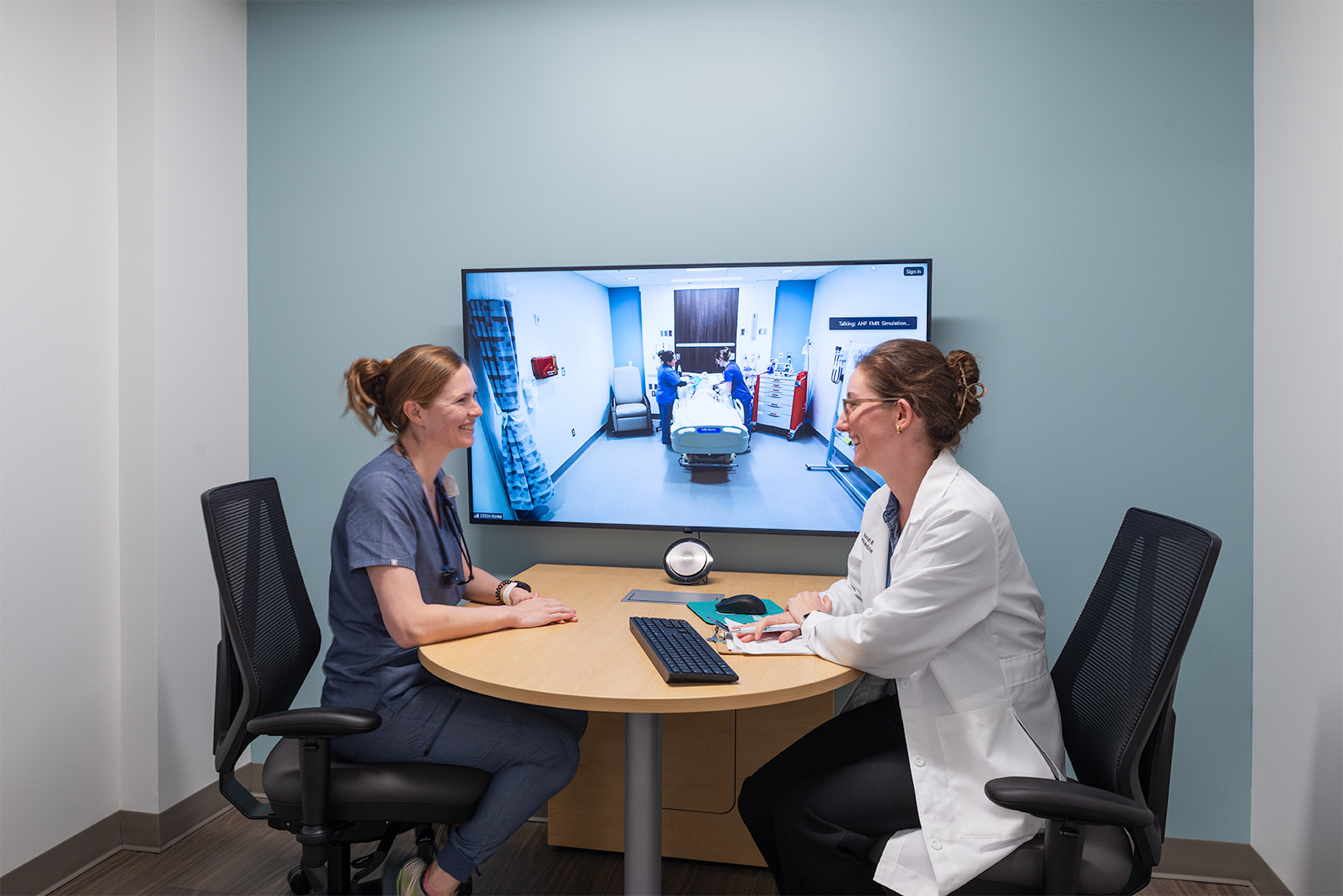
The Transformative Future of Simulation-Based Training
The future of simulation is rapidly unfolding with simulations integrating manikins or standardized patients alongside high-fidelity virtual reality and/or augmented reality technologies. Yet, its evolution transcends mere technology. Over the past three decades, simulation-based training has revolutionized medical education, significantly enhancing patient safety. A 2019 report by the Institute of Medicine (IOM) underscored the remarkable impact of simulation, citing a substantial reduction in medical errors and preventable deaths. In response, the IOM advocates for greater integration of simulation-based training in healthcare systems processes, recognizing its widespread effectiveness at the individual and team levels.
Looking ahead, the trajectory of simulation-based training is poised for expansion. It will encompass a broader spectrum of education, training, and assessment for current medical professionals, facilitating ongoing learning and development within healthcare systems. Emphasizing teamwork amongst interprofessional teams, simulation will extend its reach into more specialties, including training for health system operational and management personnel. Furthermore, simulation training will continue to emphasize “people skills,” fostering empathy and sensitivity towards patient needs.
Conclusion
Though history, simulation-based training has been instrumental in educating medical students through realistic scenarios in an interactive and safe environment. The healthcare industry’s commitment to reducing preventable medical errors will further drive expansion of simulation-based training, ensuring the highest standard of education for future medical professionals.
Bibliography
Bienstock, J. (2022) “A Review on the Evolution of Simulation-based Training to Help Build a Safer Future” Medicine Baltimore 101(25)
Herrera-Aliaga, E. (2022) “Trends and Innovations of Simulation for Twenty First Century Medical Education” Frontiers in Public Health Vol. 10
